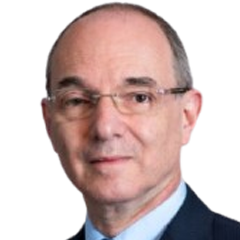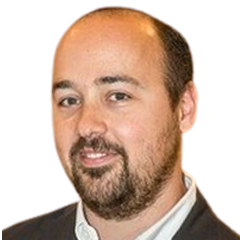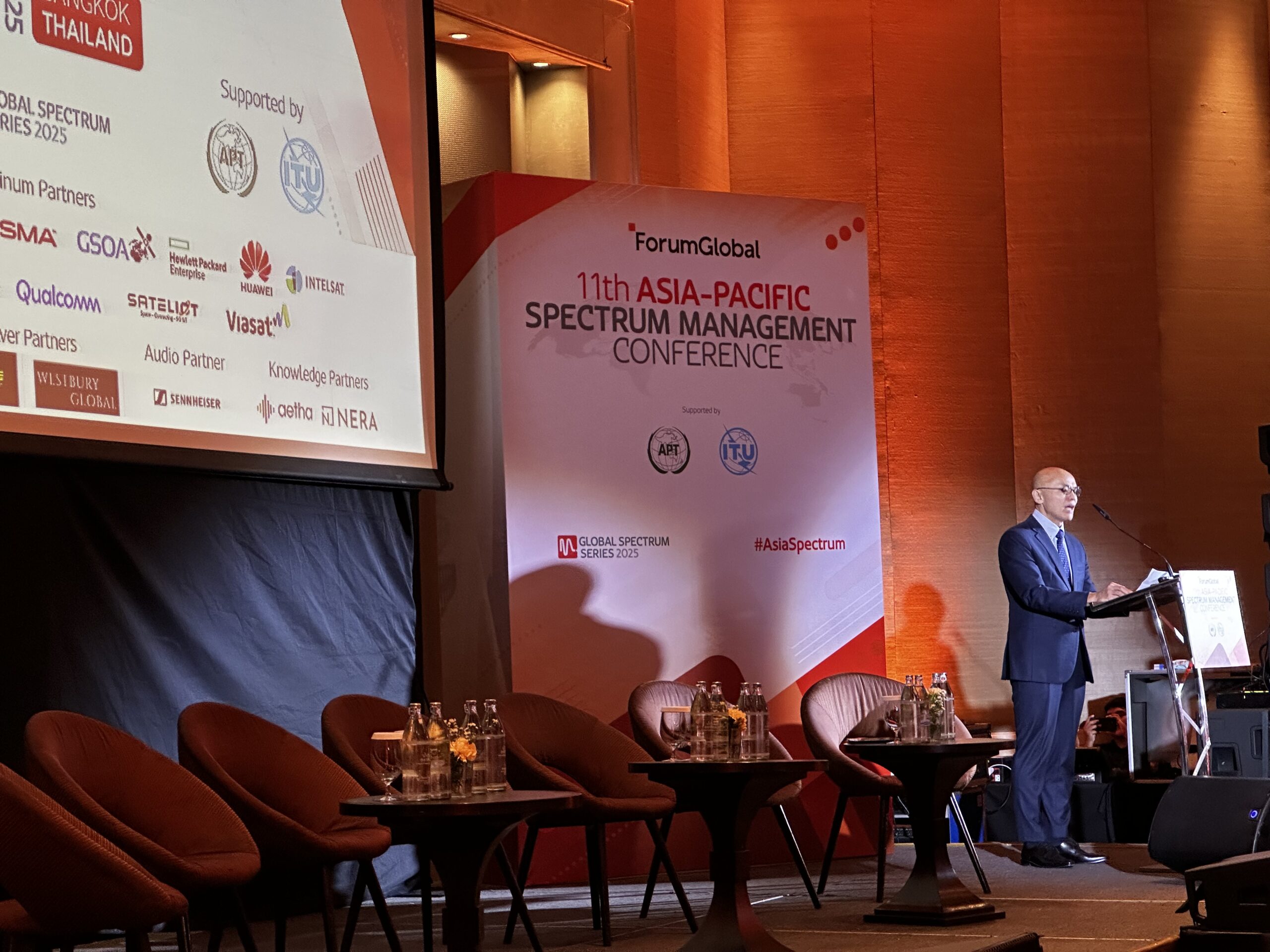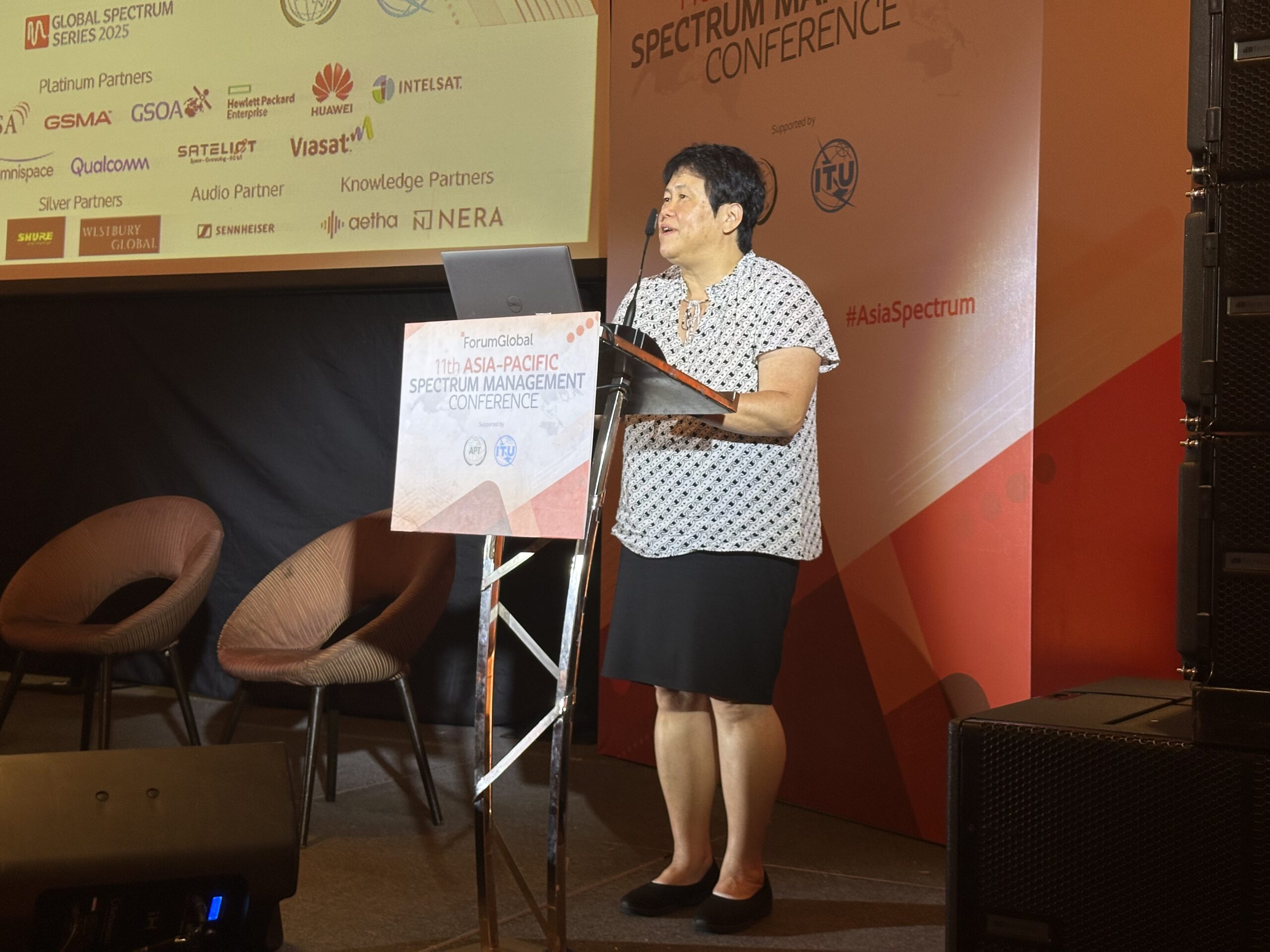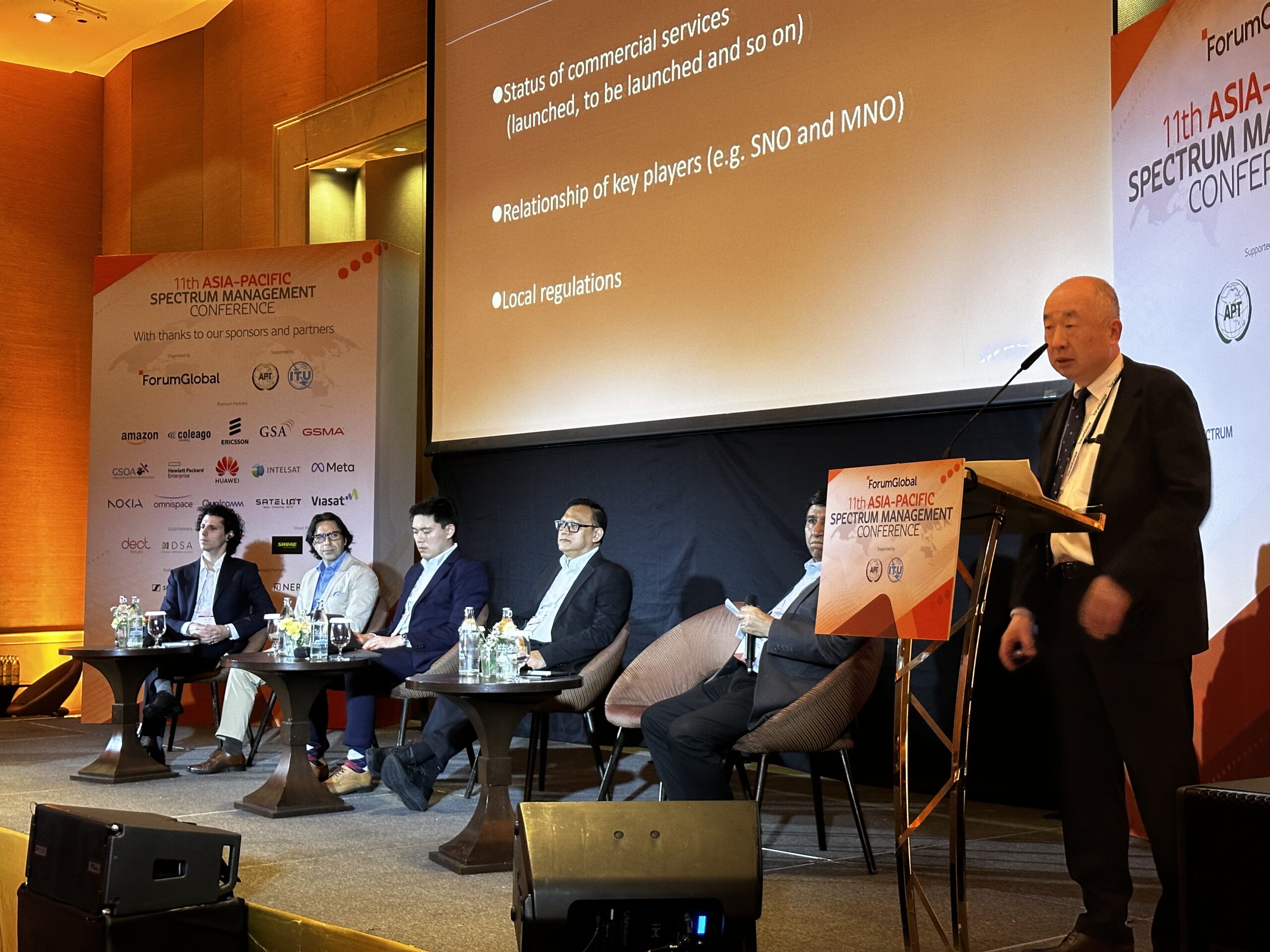Senior Managing Director, NERA
Richard Marsden specializes in market design, including auctions and trading, bidding strategy, and related competition, pricing, regulatory, and public policy issues. He applies this expertise to multiple industries, including broadcasting, energy, mobile telephony, procurement, radio spectrum, technology, and transport to help his clients create or participate in new marketplaces.
Over the last 20 years, Mr. Marsden has provided guidance to regulators, private companies, and law firms in more than 50 countries. His teams at NERA are particularly well known for their work on the design and implementation of high-value auctions and the development of effective bid strategies. To support this work, the team has developed a suite of software tools for running, simulating, and analyzing auctions.
In the communications sector, Mr. Marsden’s experience includes auction design and implementation, bid strategy advisory work, expert witness reports, and litigation support concerning spectrum allocation, spectrum pricing, spectrum valuation, and mobile market competition. He has advised clients on spectrum auction design and implementation for 4G and 5G mobile spectrum in Belgium, Mexico, Saudi Arabia, Singapore, and South Africa. Mr. Marsden has also provided bid strategy advice to mobile operators participating in auctions for 4G and 5G mobile frequencies in more than 30 countries, including spectrum auctions in Australia, Brazil, Canada, Germany, Spain, the UK, and the US. This work often includes developing or critiquing valuation models. He has also advised on auctions procuring subsidies for broadband rollout.
In the energy sector, Mr. Marsden has designed auctions for electricity interconnection capacity, offshore wind generation sites, and gas pipeline capacity. Additionally, he has advised energy companies participating in capacity markets and offshore wind auctions.
In the technology sector, Mr. Marsden has advised companies on the design of auctions for procurement processes, pricing of used products for resale, and regulatory processes for inducing competition in vertically integrated markets.
Mr. Marsden frequently presents and publishes on topics related to market design, auctions, the communications industry, and spectrum management. He has completed major studies for the GSMA on spectrum pricing and for the European Commission on the transfer of digital dividend spectrum from broadcast to mobile use and on spectrum trading and spectrum liberalization. He contributed a chapter to the Handbook of Spectrum Auction Design on combinatorial auctions and is the co-author of Broadband in Europe: How Brussels Can Wire the Information Society.
















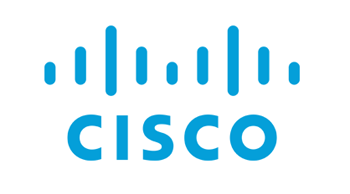










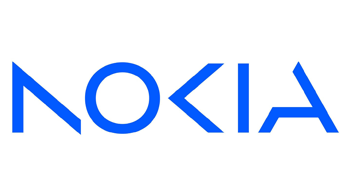




















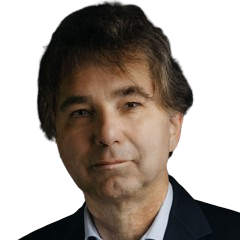







 Aleksander Soltysik, Chair, Working Party, Telecommunications and Information Society, EU Council & Chairman, RSPG
Aleksander Soltysik, Chair, Working Party, Telecommunications and Information Society, EU Council & Chairman, RSPG 